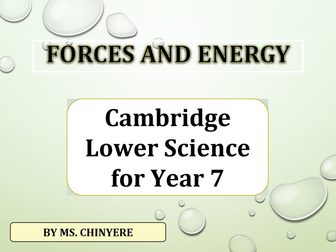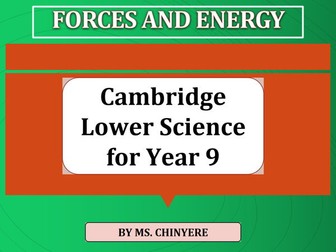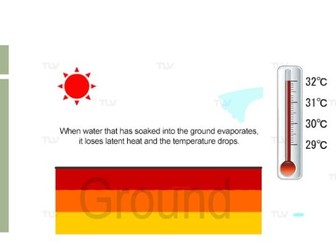
Forces and Energy for year 8
The teaching resource titled Forces and Energy for Year 8 is a comprehensive Power-Point presentation designed for Cambridge Lower Secondary Science.
It covers key concepts related to forces and energy, tailored specifically for Year 8 students. The resource includes learning objectives such as understanding how forces act on objects, recognizing balanced and unbalanced forces, and understanding force diagrams.
The presentation is rich with examples, exercises, and activities that encourage students to engage with the material, including group discussions, problem-solving tasks, and real-world applications.
It also includes visual aids, such as force diagrams and distance-time graphs, to help students grasp complex concepts. The resource is structured to facilitate active learning and critical thinking, ensuring that students can apply their knowledge to various scenarios and understand the underlying principles.


